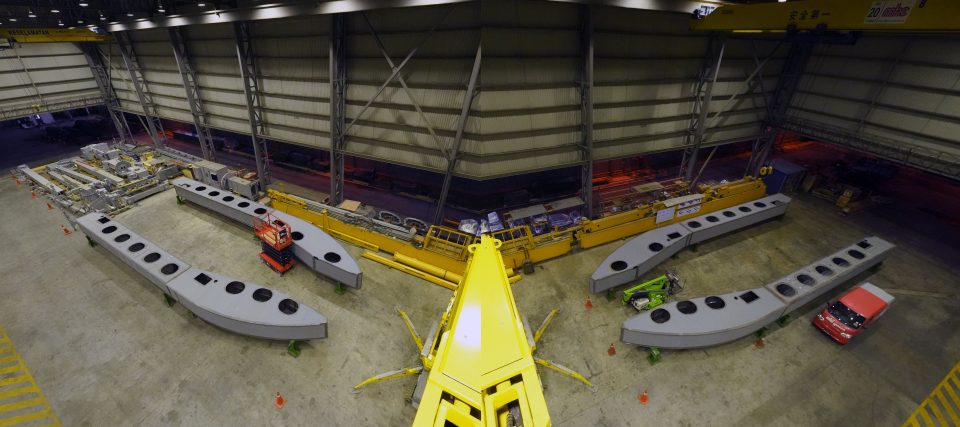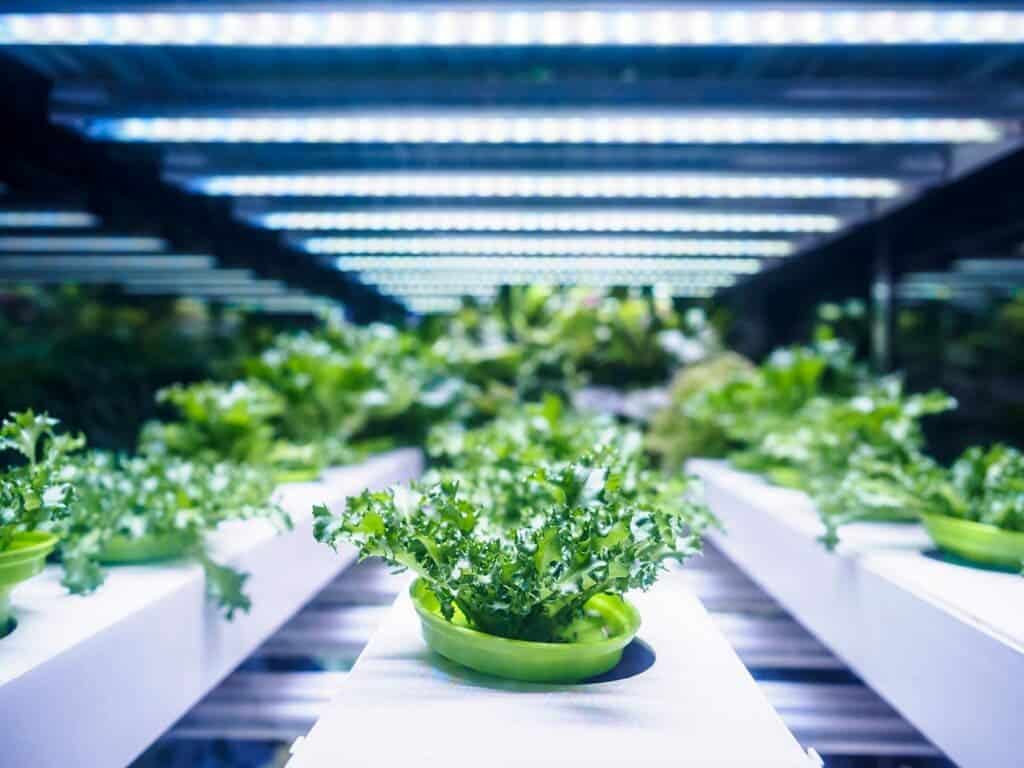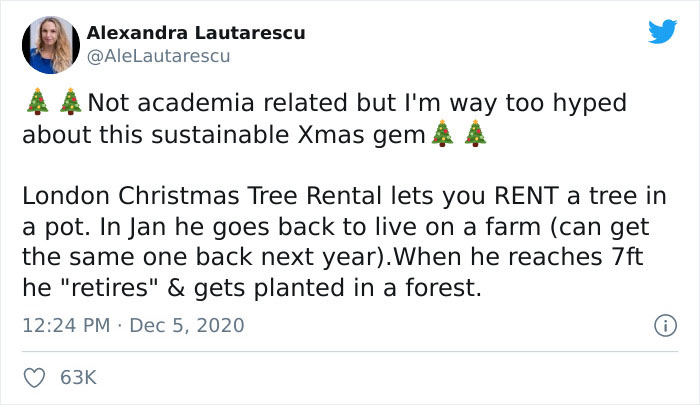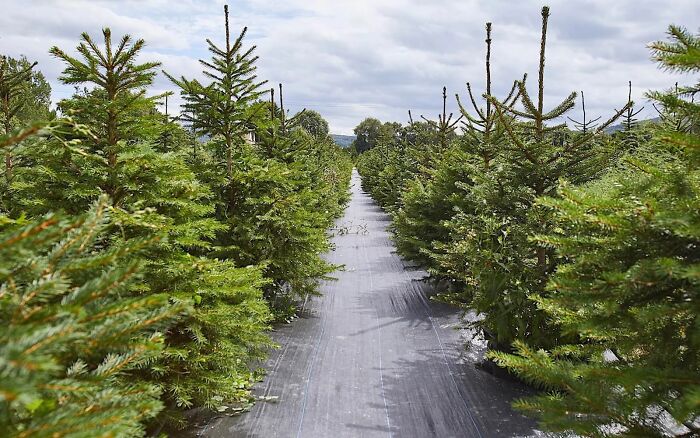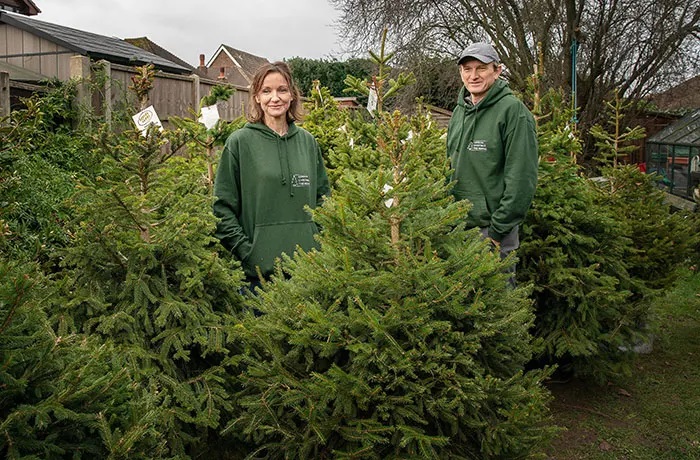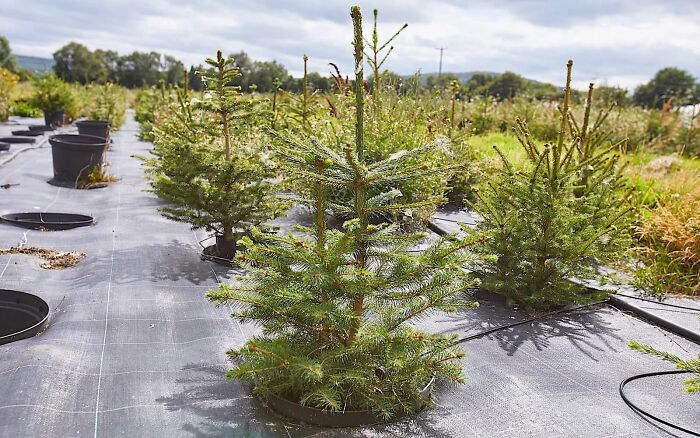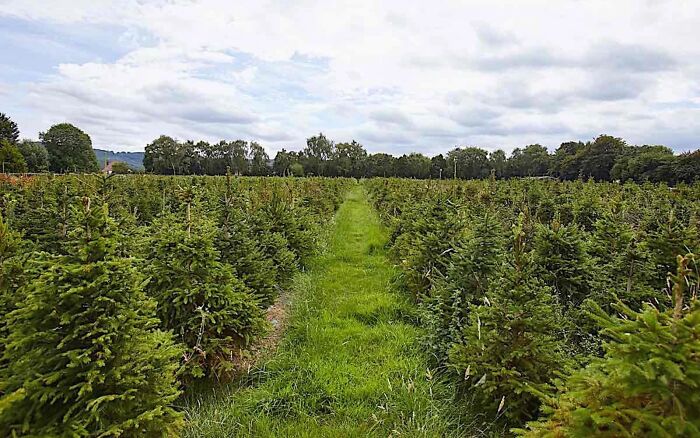
The easiest way to irritate a senior official in India’s Ministry of Environment, Forest and Climate Change is to ask if the government is enhancing its Paris ambition. “Why should we?” everyone from the minister to the joint secretary snaps back. “We’re the only G20 country to have met our Paris commitments. We’ve gone well beyond. Why don’t you ask the countries lecturing us to mend their own ways instead?”
Five years after the landmark Paris Agreement, climate change is gathering pace despite the pandemic-forced hiatus in greenhouse gas (GHG) emissions. Impacts of climate change are already here for all to suffer and pledges to control emissions are still inadequate.
Hope was to be rekindled in 2020, when 195 governments and the European Union were expected to strengthen their pledges at the annual UN climate summit. Covid-19 has forced a one-year delay to that summit scheduled in Glasgow.
Meanwhile, major economies such as China, Japan and South Korea are among 126 countries that have declared dates by which they will be carbon neutral. Add to that the expectation that Joe Biden will make some big-ticket climate announcements as soon as he takes over the US presidency.
Altogether, it has led to shriller demands from rich countries that India – the world’s fourth-highest GHG polluter after China, the US and the EU – should announce the strengthening of its Paris pledges.
This makes the Indian government bristle in private and reiterate in public what India has been doing on the climate front. Prime Minister Narendra Modi told the recent G20 virtual summit how India has the world’s most ambitious renewable energy programme.
“We will meet our goal of 175 gigawatts (GW) of renewable energy (RE) well before the target of 2022. Now, we are taking a big step ahead by seeking to achieve 450 gigawatts by 2030,” he promised.
Installed RE capacity is now around 78 GW, with a similar amount under construction. Observers think installed capacity will reach the 175 GW mark on time, but building of transmission lines is lagging behind.
Environment minister Prakash Javadekar repeatedly points out that international climate analysts have calculated that India is the only major economy on track to stick to pledges made to keep global temperature rise within two degrees Celsius above pre-industrial levels.
India’s mitigation pledge to reduce intensity of emission per unit of production – rather than reducing the emission itself – has helped. Industrial efficiency improvements were moving the country in that direction anyway.
Javadekar also says often that India is the only big country to add to its green cover in recent years. Most of this addition is not in forests but plantations, which does not help biodiversity.
Ministers and officials point to two initiatives launched by Modi as a sign of new action: the International Solar Alliance (ISA) in 2015 and the Coalition for Disaster Resilient Infrastructure (CDRI) in 2019. After initial hiccups, the ISA has started some work on the ground – especially in training people from other developing countries to set up and maintain solar installations. The CDRI has received backing from most countries, but is yet to make waves.
The Indian government’s position has been strengthened by the latest report card by global climate analysts from Germanwatch, New Climate Institute and Climate Action Network. They place India 10th among the 61 largest economies who were checked to see if they are on track to meet their Paris pledges. China is 33rd and the US last.
Implementing Paris pledges
India recently set up an Apex Committee for Implementation of Paris Agreement (AIPA). Steered by the environment ministry, it has representatives from 14 ministries, in an effort to coordinate climate policies, regulate carbon markets and see how private companies are doing. The ministries include finance, agriculture, science and technology, new and renewable energy, water, power, earth sciences, health, housing and urban affairs, rural development, external affairs, commerce and industry.
As the first implementation period of the pledges made under the Paris agreement starts in 2021, the main job of the committee will be to ensure India sticks to its three promises – a 33-35 per cent reduction in emissions intensity by 2030 from 2005 levels; 40 per cent of all electricity to be generated from non-fossil fuels by 2030; and tree plantation programmes that can remove 2.5-3 billion tonnes of carbon dioxide-equivalent GHG from the atmosphere.
AIPA will be in charge of providing information to the UN Framework Convention on Climate Change (UNFCCC) on India’s progress.
The coal affair
While these steps are unexceptionable, the government gets defensive when asked why India continues to push coal-fired power plants. Not only are they the biggest GHG emitters, they are now costlier than renewable energy for much of the day. Despite that, fresh coal mining figured prominently in the government’s pandemic-recovery economic package.
The only defence one hears is that the coal industry employs millions of people. There has been no move towards encouraging these millions to take up alternate jobs. Some coal-dependent economies – such as Poland – have been seeking a “just transition”.
As host and president of the next climate summit, the British government is going to launch an Energy Transition Council, which will bring together the global political, financial and technical leadership in the power sector, and help to ensure that every country considering the energy transition can access needed support.
But there is no discussion of transition among Indian policymakers. Environmental NGOs in the country have started talking about it, but only a few and only very recently.
Serious problems with wider governance
There is no climate scepticism in India. More frequent and more severe droughts, floods, storms, forest fires, locust attacks have taken care of that. The government’s own scientists have emphasised the need to control GHG emissions.
But that has not stopped the government from seriously weakening environmental protection laws. The prime minister told the G20 summit, “We are encouraging a circular economy.” But the government is now even allowing drilling for oil and mining for coal inside once-protected forests. In the haste for post-Covid economic recovery, green options have been ignored even more than before.
The adverse impacts of such poor governance are worsened by climate change. India may be on track to fulfil its Paris pledge as far as mitigating GHG emissions is concerned, but its misgovernance of natural resources is reducing the resilience of Indians to deal with climate change impacts. Costs of adaptation are going up, and so are the loss and damage the country is suffering.
The dangers of poor governance are known, and were reiterated last year by scientists in the Intergovernmental Panel on Climate Change, when they brought out a special report on the relationship between land degradation and climate change.
The launch of that report was followed by the summit of the UN Convention to Combat Desertification, hosted and presided over by India. Its main conclusion was that land has to be saved to fight climate change. India is doing the opposite.
In lieu of a climate summit
While the actual UN climate summit has been postponed, a virtual “climate dialogue” was held recently, leading up to a Climate Ambition Summit on December 12 – the anniversary of the Paris Agreement.
At the dialogue, speakers made it clear that disastrous climate change is in the offing unless all governments take immediate steps. At a session convened by the UNFCCC, scientists also warned that emissions continue to be far higher than what governments pledged in the Paris Agreement, and there is an urgent need for countries to close this gap as well as strengthen their pledges.
Current pledges are leading the world to a temperature increase of anywhere between 2.7 and 3.5 degrees Celsius above pre-industrial times. The world is already 1.2 degrees warmer.
By Joydeep Gupta, The Third Pole
Source Eco-Business



